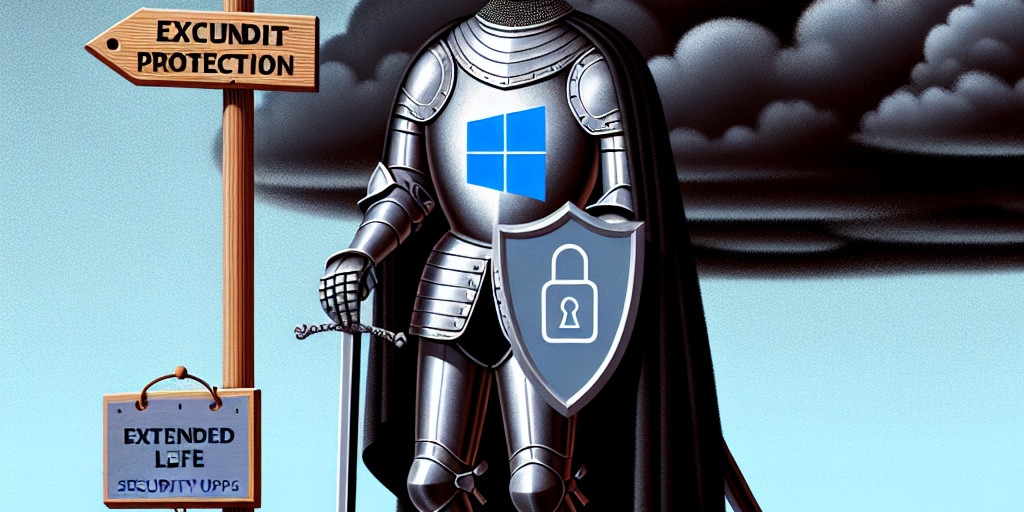Microsoft Sets Price for Extended Windows 10 Security Updates as End-of-Life Looms
With the end-of-life date for Windows 10 drawing closer, Microsoft has made it clear that users who wish to keep receiving security updates past the cutoff of October 14, 2025, will need to open their wallets. The tech giant recently revised its Extended Security Updates (ESU) program pricing, with The Register highlighting the new costs. In its first year, each device enrolled in the program will incur a $61 fee, a cost that will double each subsequent year. For those requiring updates across all three additional years, a total of approximately $427 per device will be billed. This pay-for-patches approach takes a cumulative angle, mandating retroactive payments for latecomers. However, certain scenarios such as devices tied to Windows 365 or Azure Virtual Desktop may qualify for updates at no extra charge, particularly beneficial for educational institutions and other select customers.
Finding Value in Existing SaaS Investments Amid The Chase for The New
As the allure of the latest SaaS offerings continues to capture the imagination of leaders seeking cutting-edge solutions, an essential question arises: How can organizations maximize their existing tools? A prevailing topic at a recent IT event, this conundrum calls for a strategic re-evaluation of the original business cases behind these tools. Experts from Avasant and Capterra weigh in, emphasizing the need to revisit initial justifications and assess current usage patterns. By scrutinizing HR and IT ticketing systems, organizations can identify gaps between availability and usage of SaaS tools, thereby identifying opportunities to leverage their full potential rather than succumb to the novelty of the newest software on the block.
SEC’s Office of Information Technology Welcomes a Top Litigator to Its Ranks
The Securities and Exchange Commission’s Office of Information Technology (OIT) has reportedly incorporated a unique skill set into its team, with the arrival of Chief Litigation Counsel Jorge Tenreiro, according to the Wall Street Journal. Tenreiro, only a short while ago in the litigator’s post and previously pivotal in the SEC’s cryptographic and cyber unit, has allegedly transitioned to a role in the OIT—a surprising lateral move that intertwines legal expertise with the pulsing vein of SEC’s technological framework. While details remain scant and official comments are withheld, this shift underscores an evolving landscape where legal acumen intersects with IT managerial responsibilities, including the maintenance of the agency’s IT infrastructure and public databases, hosting vital corporate filings.







